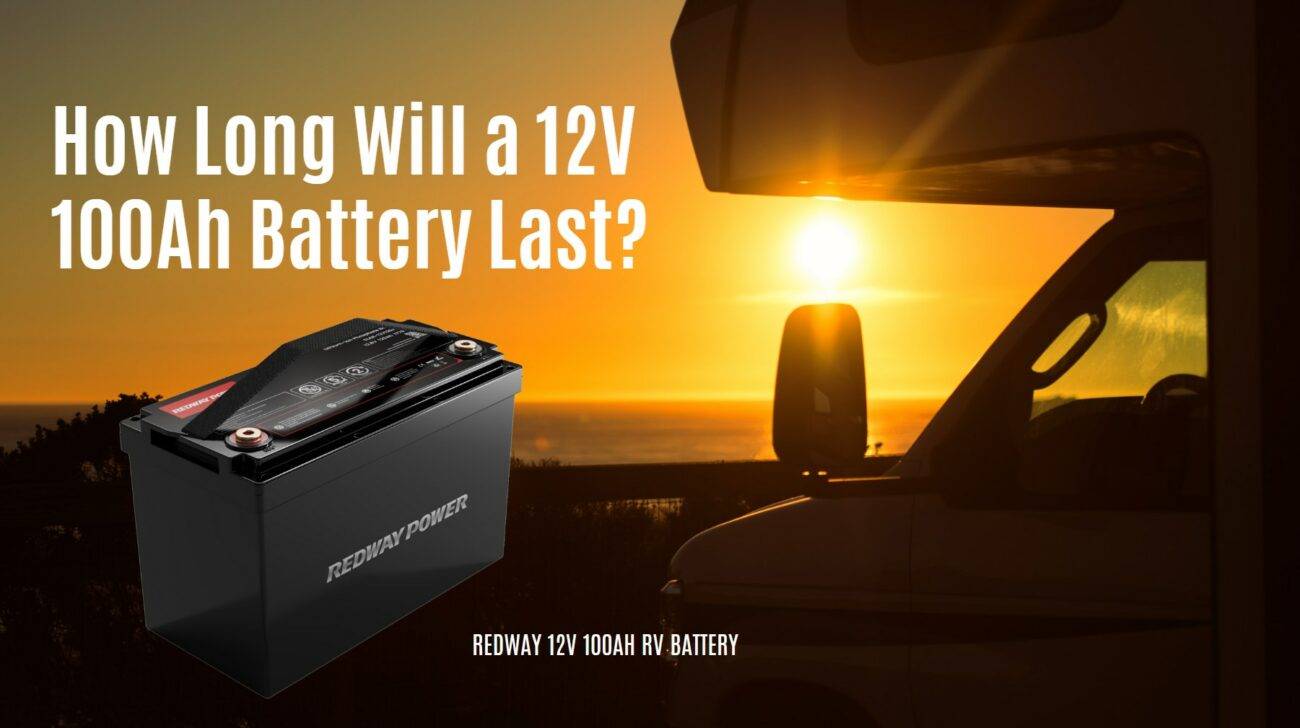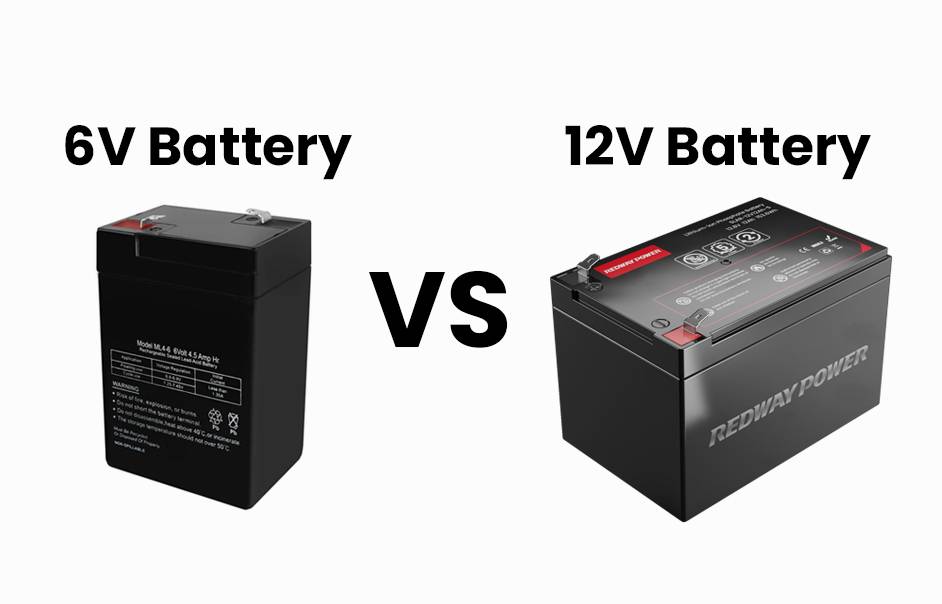Embark on an electrifying journey into the realm of batteries, focusing on the maximum voltage of a 12V battery. Whether you’re an automotive aficionado or a curious learner, this blog post is your guide. From understanding battery basics to debunking misconceptions, we’ll charge up your knowledge. Buckle up and dive into the secrets behind battery power!
The Basics of a 12V Battery
A 12V battery is widely used in various applications due to its nominal voltage of 12 volts, suitable for moderate power needs. Inside, six cells connected in series produce the total voltage, with each cell generating about 2.1 volts. Factors like temperature and charge level can cause voltage variations, with fully charged batteries measuring around 13-14 volts. Different technologies like lithium-ion or nickel-metal hydride offer varying advantages. Understanding these basics is essential for safe handling and maintaining optimal performance levels.
Factors that Affect the Maximum Voltage of a 12V Battery
Factors influencing the maximum voltage of a 12V battery include:
- Battery Type and Quality: Variances in battery capacity and efficiency impact overall performance.
- Temperature: Extreme temperatures affect battery function, with high temperatures increasing self-discharge rates and reducing capacity, while cold temperatures slow chemical reactions.
- Battery Age and Condition: Degradation over time affects the battery’s ability to hold charge.
- Usage Patterns and Charging Practices: Frequent deep discharges or overcharging shorten lifespan and reduce capacity.
- External Factors: Humidity levels and storage conditions also influence battery performance, with moisture and extreme environments affecting functionality.
Understanding these factors is essential for maximizing the lifespan and performance of your 12V battery.
Measuring the Maximum Voltage of a 12V Battery
Measuring the maximum voltage of a 12V battery requires a few steps:
- Get the Right Equipment: Use a voltmeter or multimeter capable of measuring DC voltage, available at hardware stores.
- Prepare the Battery: Disconnect it from any devices or circuits to ensure accurate readings and prevent damage.
- Connect the Probes: Set the voltmeter to DC voltage, then connect the positive (red) probe to the positive terminal and the negative (black) probe to the negative terminal.
- Take the Reading: Turn on the voltmeter and observe the displayed reading, indicating the current voltage level of the battery.
- Monitor Consistently: Note slight variations in maximum voltage due to factors like temperature and age, ensuring it doesn’t exceed the rated maximum to avoid damage.
- Consider Replacement: If the battery consistently falls below its rated maximum voltage, it may be time for a replacement.
Regular monitoring and maintenance of your 12V battery’s maximum voltage ensure optimal performance and longevity for your electrical devices.
Safety Precautions when Handling Batteries
When handling batteries, safety is paramount. Here are some precautions to follow:
- Wear Protective Gear: Use gloves and safety goggles to prevent acid spills or burns.
- Ensure Ventilation: Work in a well-ventilated area to avoid inhaling harmful fumes.
- Mind the Weight: Batteries are heavy, so lift carefully to prevent strains or accidents.
- Avoid Opening Sealed Batteries: Don’t open sealed lead-acid batteries to avoid exposure to corrosive acid.
- Control Temperature: Keep batteries away from extreme heat or cold to prevent leaks or explosions.
- Dispose Properly: Follow recycling guidelines for safe disposal to protect the environment and prevent hazards.
Following these precautions ensures safety and extends the lifespan of your 12V battery system.
Tips for Maintaining the Maximum Voltage of a 12V Battery
Here are some tips for maintaining the maximum voltage of your 12V battery:
- Regular Inspection and Cleaning: Check for damage or corrosion and clean terminals with a baking soda solution to ensure proper electrical flow.
- Fluid Level Check: For flooded lead-acid batteries, monitor fluid levels and top up with distilled water as needed, avoiding overfilling.
- Avoid Deep Discharges: Minimize deep discharges to preserve battery lifespan, aiming to recharge before it drops below 50% capacity.
- Prompt Recharging: Recharge promptly after use or when charge levels are low to prevent sulfation and maintain performance.
- Proper Storage: Store unused batteries in a cool, dry place away from extreme temperatures and direct sunlight.
Following these tips will help you sustain the maximum voltage of your 12V battery and ensure optimal performance over time.

Common Misconceptions about the Maximum Voltage of a 12V Battery
Let’s debunk some common misconceptions about the maximum voltage of a 12V battery!
- Myth: The maximum voltage of a 12V battery is always exactly 12 volts. Reality: The actual maximum voltage can vary depending on factors like temperature and charge level.
- Myth: More charging will increase the maximum voltage. Reality: Excessive charging can damage the battery without significantly increasing its voltage.
- Myth: A higher capacity means a higher maximum voltage. Reality: Capacity relates to energy storage, not voltage; both high and low capacity batteries can have similar peak voltages.
- Myth: Higher temperatures always result in increased maximal voltages. Reality: While temperature affects performance, it doesn’t always lead to higher voltages.
- Myth: A fully charged 12V car battery should read exactly at or close to 14 volts. Reality: Resting voltage typically falls around 13-13.8 volts when fully charged.
Understanding these facts helps optimize battery performance and longevity, ensuring safe and efficient power delivery for various applications.













